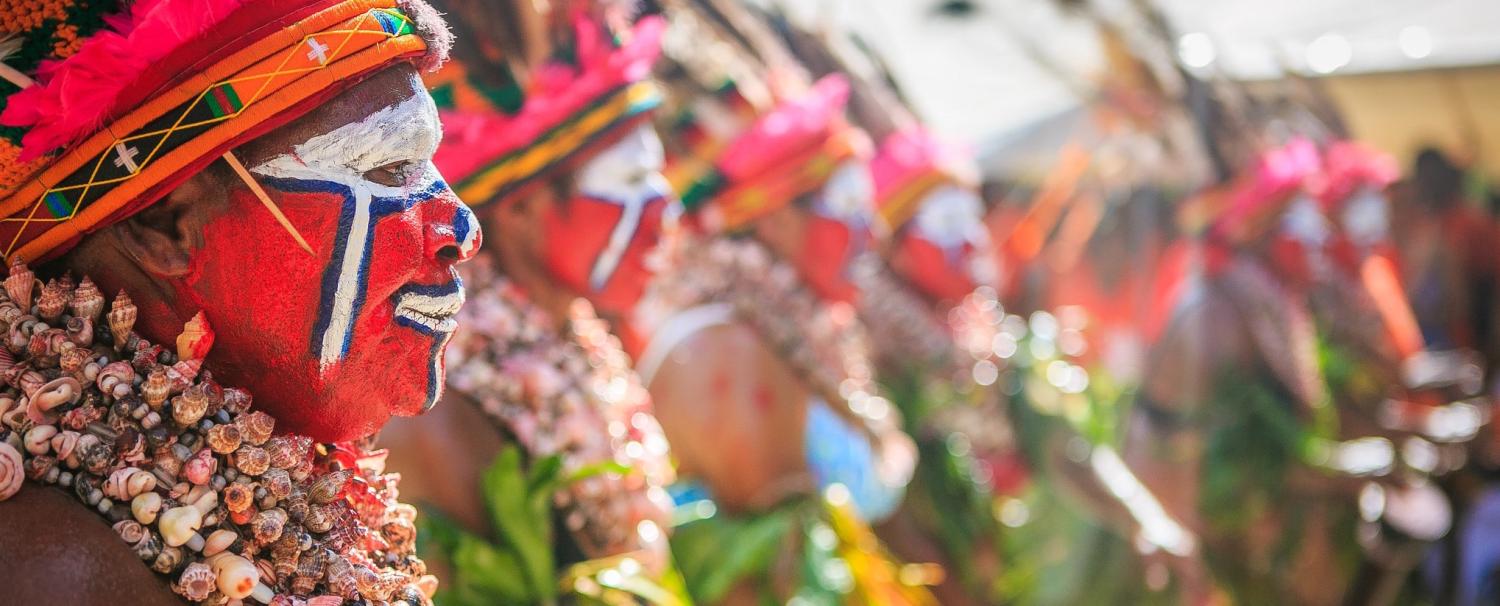As a close observer of Australia’s nearest neighbour, I often lament how little commentary there is on Papua New Guinea's short history from a local perspective. The most contemporary example is former prime minister Julius Chan’s autobiography, which gilds the lily on a few too many occasions, but is still essential reading. Time is also running out to capture perspectives from the birth of the nation, as the generation that shepherded PNG to independence 42 years ago is beginning to fade away.
It is for all of these reasons that a website launched this year, ‘PNG Speaks’, is so welcome. The website, a partnership between the National Museum and Art Gallery of Papua New Guinea, The University of Queensland, Deakin University and the Australian government, preserves PNG’s oral history through more than 16 hours of interviews with ten prominent figures at the time of independence.
What I particularly like about this series is the effort made by the interview team (which includes Lowy Institute Non-Resident Fellow Ian Kemish) to collect a range of perspectives. While founding prime minister Michael Somare tops the group, there are also perspectives from eminent journalists, bureaucrats, members of civil society, business, the defence force and unionists. I’m still working my way through the whole series, but the parts I have most enjoyed are from the non-political figures, such as Henry Chow and Charles Lepani. Listening to Jean Kekedo and Josephine Abaijah talki about blazing the trail for women in country - where a lot more work is needed - are particular highlights.
The website is meticulously put together. Well archived timestamps and keywords help navigate the interviews and allow people to jump to issues they are particularly interested in hearing about.
This series of interviews, while collecting only a small sample of perspectives from the thousands that contributed to PNG’s independence, goes a long way in preserving the PNG history of the nation’s formative year. And for more on PNG, take a look at our latest series of research Papua New Guinea – 7 snapshots of a nation.

